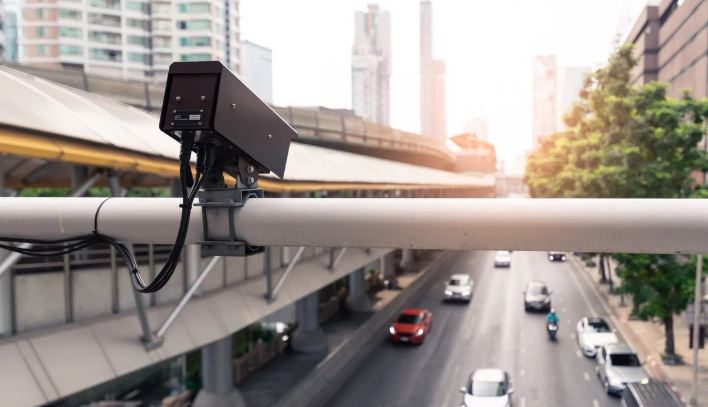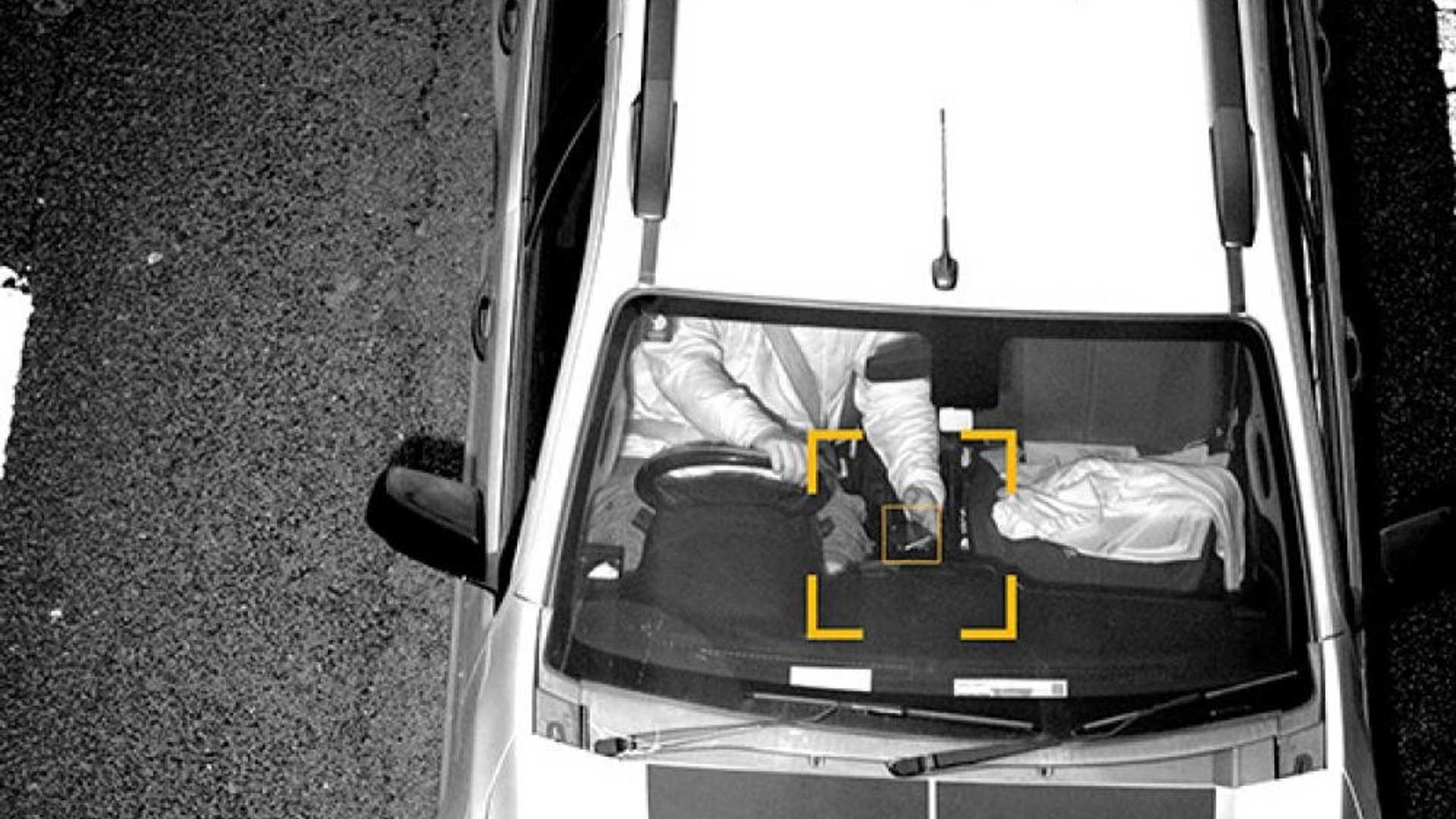 English
English

The Australian state of New South Wales, home to the country’s largest city Sydney, rolled out mobile phone detection cameras on Sunday, hoping to cut the number of fatalities on its roads by a third over two years, transport authorities said.

Melbourne: The Australian state of New South Wales, home to the country’s largest city Sydney, rolled out mobile phone detection cameras on Sunday, hoping to cut the number of fatalities on its roads by a third over two years, transport authorities said.
The mobile phone detection program, one of the first in the world, involves cameras operating day and night in all weather conditions to determine if a driver is handling a mobile phone, according to Transport for NSW, which manages the state’s transport services.
Also Read: Judge orders former Australia MP to pay damages to female senator for sexual remarks
“It’s a system to change the culture,” NSW Police Assistant Commissioner Michael Corboy told Australian media last week.

The Netherlands launched a similar system in October, fining drivers 240 euros ($265) for illegal use of mobile phones, according to a statement on a Dutch police website.
Making or receiving voice calls while driving in NSW is legal, but only when using a hands-free device. All other functions, such as video calling, using social media and photography, are illegal while behind the wheel.
Also Read: Shane Watson appointed president of Australian Cricketers' Association
So far this year 329 people have died on NSW roads, compared with 354 people for all of 2018, according to official statistics. The state wants to cut the number of road fatalities by 30% by 2021.

The mobile phone detection cameras use artificial intelligence to review images and detect illegal use of the devices, Transport for NSW said in a statement.
Images that the automated system identifies as likely to contain a driver illegally using a mobile phone are verified by authorized personnel.
For the first three months after the detection systems are in operation, offending drivers will be issued warning letters. After that, the penalty will be a A$344 ($233) standard fine and a A$457 fine in a school zone. In both cases, drivers will also receive penalty points. (Reuters)